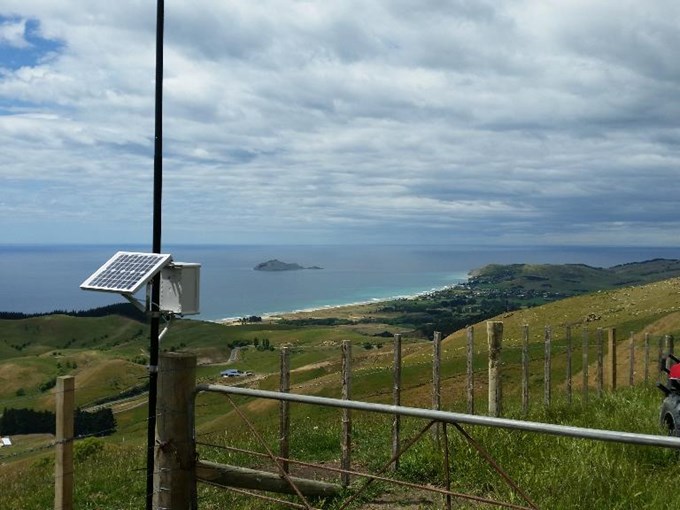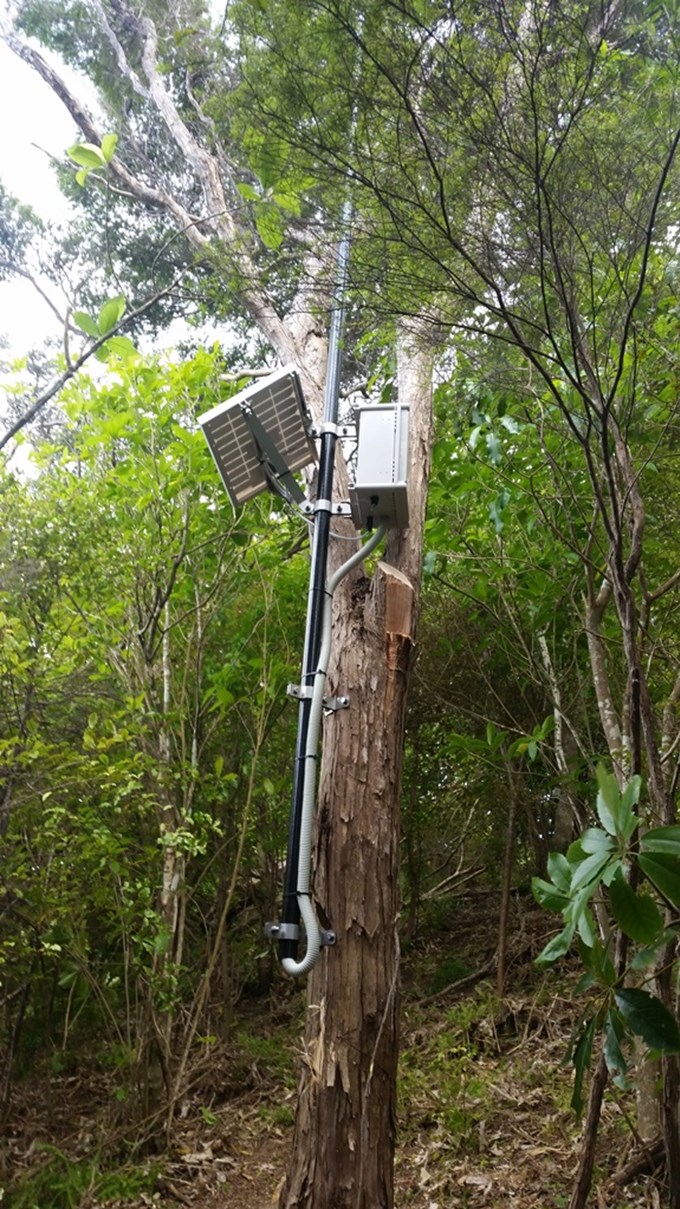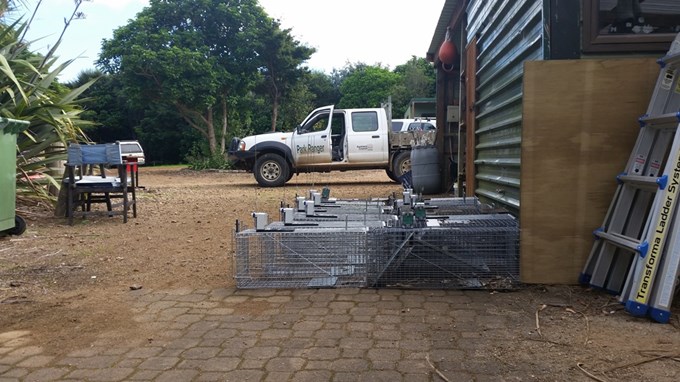Wireless technology that allows traps to be monitored from the office is being trialled in the Hunua Ranges, on Waiheke Island and will soon be out near Whatipu on the west coast.
The technology, named Celium, has been developed by New Zealand company Encounter Solutions Ltd (ESL). ESL is working closely with Auckland Council’s Biosecurity and Regional Parks teams to test the system on council land.
Celium is “essentially a very low power wireless sensor network,” says Auckland Council Biosecurity Manager Brett Butland.
A wireless node is placed on each trap in a network, set to a certain frequency. When a trap is activated, the node sends a signal to a central hub, and this information is then sent via satellite to cloud servers.
After processing, the data is provided to users through a web portal, email and mobile applications running on smart devices.
Maximising efficiency with technology
Previously, several hours would be spent checking empty traps. The use of Celium technology means that only traps that have been activated will need to be checked.
“Celium is currently being used in the Hunua Ranges Kōkako Management Area, and in Whakanewha Regional Park on Waiheke,” says Brett.
“The Kōkako Management Area has intensive pest control, and this technology will allow for more efficient use of resources for staff and volunteers.”
Jonah Kitto-Verhoef, Auckland Council Park Ranger at Waiheke's Whakanewha Regional Park, says it’s another tool to help realise the predator-free vision for the island.
“Coupled with long life lures in the traps, this technology is a real game-changer for us. It means we can spend time and money on other projects, without taking away from our predator control operations,” he says.
Celium can be used on most trap types, used over large areas and operated on small, cheap batteries for several years.
Looking after our people and our native species
“Our technology is purpose built to enable a transformation in pest management so we can make a tangible difference to New Zealand’s biodiversity restoration efforts,” says ESL Director Simon Croft.
“Waiheke is the first island, and Hunua was the first native forested area the technology was deployed in.”
Jonah is excited by the potential of Celium technology.
“Eventually we can use it to monitor species we want to see more of in our parks. For instance, it could alert us when a kiwi egg is sat on so we can begin monitoring straight away.
”The technology also has significant benefits for volunteer groups, says Brett.
“Those who might not be able to participate for a whole day can still get involved for an hour or two, and go straight to the traps that need visiting rather than walking the whole network.”
Celium is also a health and safety tool, as people working in remote areas with Celium coverage can send a special message out through the network if they get hurt or lost.
Get involved
July is NZ Biosecurity Month, so now is a great time to find out about pest management in your area and see what you can do to help.
To find out more about the Celium trials, contact the team at biosecurity@aucklandcouncil.govt.nz.
For information on pests and pest management across the region, visit the Biosecurity page on the Auckland Council website.





